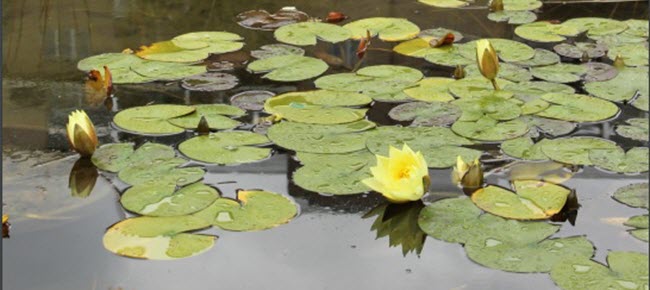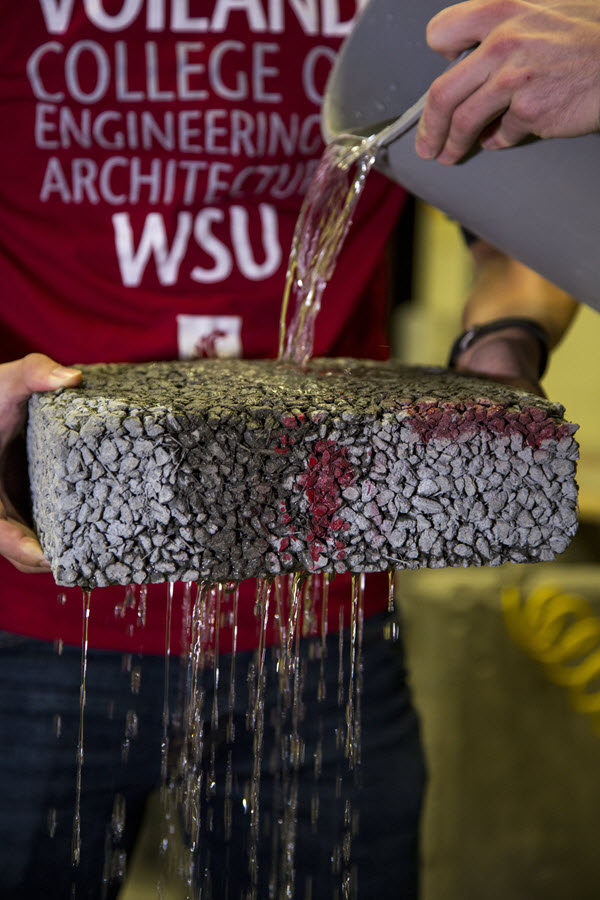Green infrastructure holds the promise of job creation, especially in the maintenance area. However, a significant paradigm shift must take place in both maintenance responsibilities and training availability to support this new class of professionals.
In comparison with traditional stormwater management infrastructure, green infrastructure is more decentralized, employing a greater number of small facilities. For vegetated practices especially, maintaining these facilities relies less on heavy equipment and more on hand labor. The bottom line is more green jobs, according to Ted Scott, founder of Stormwater Maintenance LLC (Hunt Valley, Md.).
Many green infrastructure practices — rain gardens and green roofs, for example — are visible amenities as well as stormwater management technologies. This dual purpose makes them more likely to receive regular maintenance and inspection, creating more permanent jobs — not just one-time construction assignments, Scott said.
However, maintenance and inspection of green infrastructure will require workers with new skill sets — with most job growth likely to be in the landscape community.
According to Scott, vegetation-based green infrastructure has a longer lifespan than traditional stormwater practices if designed and maintained properly. Regular maintenance is necessary to prevent erosion, which can lead to clogging of porous media often used in green infrastructure practices. Maintenance of vegetation-based practices should include plant care as well as removal and reapplication of mulch as necessary. The mulch layer is responsible for trapping pollutants, and it also is a key cost factor. Practices that use herbaceous ground cover are less costly and require less maintenance than those with only woody vegetation.
In addition to regular maintenance of green infrastructure, Scott recommends yearly inspections at two levels — a broad assessment of facilities followed by a more focused investigation of identified problems. Inspectors should look at vegetation health, adequate dewatering, and the practice’s ability to safely impound water while ensuring that excessive erosion or sedimentation have not compromised the structural integrity or overall water quality performance of the practice.
Many municipalities that have implemented green infrastructure still are working from models of traditional stormwater maintenance. However, with many small, numerous practices — many in residential areas and on private property — green infrastructure introduces new issues with maintenance responsibilities and enforcement that old models do not adequately address.
According to Scott, a common error is mistaking a depressed bioretention area for a raised landscape island and filling it in with mulch. He also is aware of permeable pavement that was seal-coated years after construction and a succession of property managers.
Ted Scott spoke at a meeting hosted Feb. 16 by the Water Environment Federation (WEF; Alexandria, Va.) that focused exclusively on workforce issues in the water sector. He gave input on the role of stormwater in job growth, focusing on maintenance as a source of permanent jobs. Nancy Stoner, acting assistant administrator for the U.S. Environmental Protection Agency (EPA) Office of Water, attended the meeting along with others from EPA, utilities, engineering consultants, and water associations. Read more














